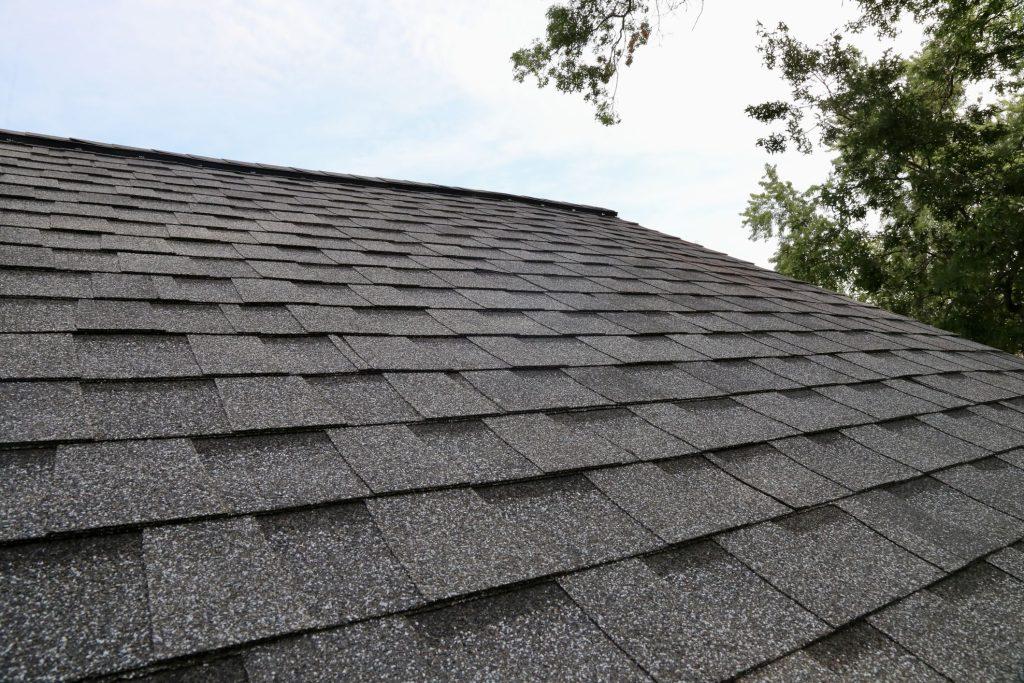When it comes to roofing, understanding the measurement of roofing material can be crucial. The roofing industry often uses the term “square,” and it’s crucial to understand how many square feet it represents. In this article, we will explain what a “square” means in the context of roofing and how to calculate the number of square feet it encompasses.

What Is a “Square” in Roofing?
In roofing, a “square” serves as a unit of measurement for quantifying the amount of roofing material required. A square is equivalent to 100 square feet, or a 10×10-foot area. It is a convenient way for contractors and homeowners to determine the quantity of material required for a roofing project. Roofing materials, such as shingles, are typically sold in squares, making it easier to estimate and purchase the necessary supplies.
Calculating the Number of Square Feet in a Square
To calculate the number of square feet in a square of roofing material, you simply need to multiply the length by the width of the area you want to cover. For example, if you have a rectangular area that measures 10 feet in length and 10 feet in width, the calculation is as follows:
10 feet (length) x 10 feet (width) = 100 square feet
In this case, you would need one square of roofing material to cover an area of 100 square feet. If your roofing project involves an irregularly shaped area, you can break it down into smaller, more manageable sections and calculate the square footage for each section. Then, sum up the square footage for all sections to determine the total amount of material needed in squares.
Understanding the Roofing Material
Roofing material is sold in squares, and the quantity required for your project depends on various factors, including the type of material, the pitch of your roof, and any waste or overlap in the installation process. It’s essential to consult with a roofing professional or refer to the product specifications to determine the exact number of squares you’ll need for your project.
Roofing Material Types
Different roofing materials have varying sizes and coverage areas per square. Here are a few common roofing materials and their typical coverage per square:
- Asphalt Shingles: Asphalt shingles, one of the most popular roofing materials, typically come in bundles that cover approximately 33 to 33.3 square feet per bundle. This means you would need three bundles of asphalt shingles to cover one square (100 square feet).
- Wood Shingles or Shakes: Wood shingles or shakes can vary in size, but a standard size might cover around 25 to 30 square feet per bundle.
- Metal Roofing: Metal roofing panels typically cover around 25 to 36 square feet per panel, depending on the profile and style of the panels.
- Slate or Clay Tiles: Slate and clay tiles are generally sold by the piece, with each piece covering a specific area. It’s important to refer to the product specifications for the exact coverage of the tiles you choose.
Roof Pitch Considerations
The pitch or slope of your roof can also affect the amount of material required. Steeper roofs will have more surface area to cover, and as a result, you may need more squares of roofing material. Conversely, a flatter roof will require less material.
Waste and Overlap
It’s common practice to account for some waste and overlap in roofing material installation. This means you may need to purchase slightly more material than the exact square footage of your roof. Roofing professionals typically factor in an additional 10% to 15% to accommodate waste, overlap, and potential mistakes during installation.
Conclusion
Understanding the concept of a “square” in roofing is essential when planning a roofing project. By knowing that one square equals 100 square feet, and by considering the type of roofing material, the pitch of your roof, and accounting for waste and overlap, you can accurately estimate the quantity of material required for a successful roofing installation. If you have any doubts or questions, it’s always a good idea to consult with a roofing professional to ensure your project goes smoothly.



Leave a Reply